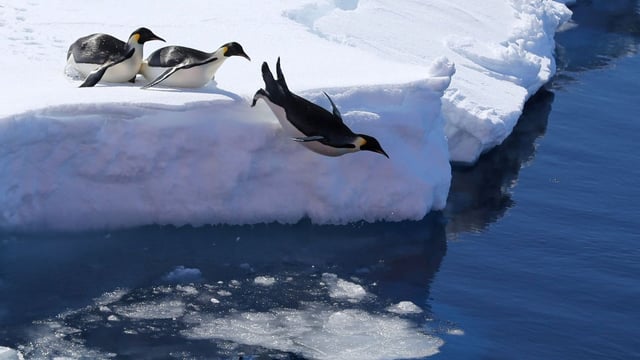Overview
- A Jena research team confirmed detection of the avian influenza virus H5N1 on King George Island, marking the pathogen’s presence in local Antarctic seabird populations.
- An early‑2025 field trip recorded 52 dead birds, though not all carcasses were tested for H5N1 and some laboratory results remain pending.
- Most observed losses involved skuas, southern giant petrels and Antarctic terns, with scientists noting signs of immunity in some individuals but cautioning that local populations could still collapse.
- Researchers say actual mortality is likely higher because scavengers quickly remove carcasses, and breeding on limited ice‑free land concentrates birds and raises transmission risk.
- The team expects the largest die‑offs may occur along South American coasts due to migratory exposure during northern overwintering.
